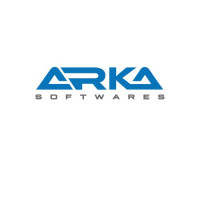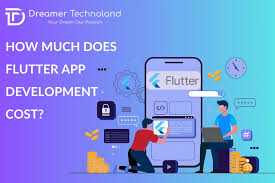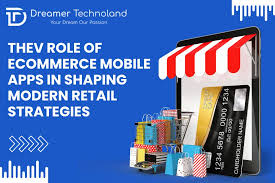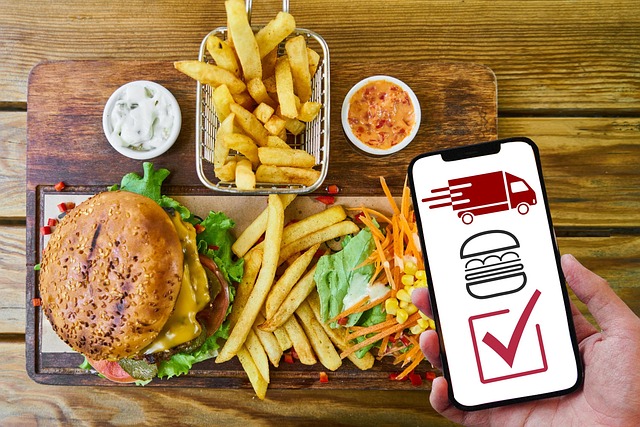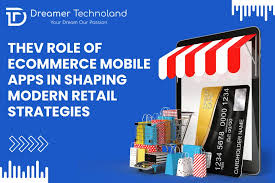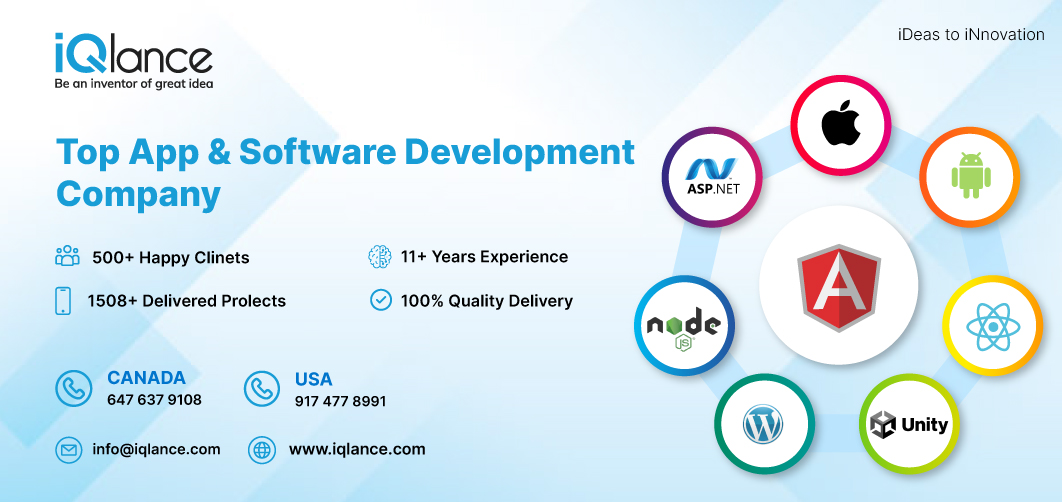Food Delivery App Development: Everything You Need To Know About Building a Food Delivery Platform
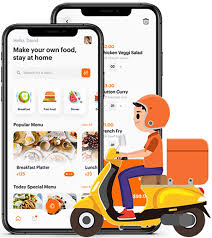
Strong 8k brings an ultra-HD IPTV experience to your living room and your pocket.
In today's fast-paced world, food delivery apps have become an essential service, allowing users to order meals from their favorite restaurants with just a few taps on their smartphones. The surge in demand for food delivery services has made food delivery app development a lucrative business opportunity for entrepreneurs and restaurants alike. This guide will cover everything you need to know about building a successful food delivery platform, focusing on key features, technologies, and considerations for development.
✍️ With over 5 million apps available across stores, competition is intense. Learn how professional app development practices can help your app stand out in crowded marketplaces.
The Growing Market for Food Delivery Apps
The global food delivery market has seen significant growth in recent years. With busy lifestyles, increased urbanization, and advancements in technology, consumers are turning to food delivery apps for convenience. According to industry reports, the food delivery market is expected to continue expanding, making it an opportune time for businesses to invest in app development.
Also Read: How Much Does It Cost To Develop An On-Demand Food Delivery App?
Key Factors Driving Demand
Convenience: Consumers prefer the ease of ordering food from their phones without needing to visit a restaurant.
Variety: Food delivery apps provide access to a wide range of restaurants and cuisines, catering to diverse tastes.
Safety: Especially in the wake of the pandemic, many customers prefer contactless delivery options.
Essential Features of a Food Delivery App
When developing a food delivery app, it's crucial to incorporate features that enhance user experience and streamline operations. Here are some essential features to consider:
1. User Registration and Profiles
Allow users to create accounts easily. Provide options for social media login to speed up the registration process. User profiles should store essential information like favorite restaurants, payment methods, and order history.
2. Restaurant Listings
Display a comprehensive list of restaurants available for delivery. Each listing should include essential details such as the menu, ratings, and delivery times. Implement a search and filter functionality to help users find their desired cuisine quickly.
3. Menu and Item Details
Provide detailed information about each menu item, including images, descriptions, prices, and customization options. This feature helps users make informed choices and encourages them to explore new dishes.
4. Cart and Checkout
Create a seamless cart and checkout experience. Users should be able to review their orders, apply discount codes, and select their preferred payment methods. Ensure that the checkout process is intuitive and user-friendly.
5. Real-Time Order Tracking
Implement a tracking feature that allows users to monitor the status of their orders in real time. This feature enhances transparency and keeps customers informed about delivery times.
6. Payment Integration
Offer multiple payment options, including credit/debit cards, digital wallets, and cash on delivery. Ensure that the payment process is secure and compliant with industry standards.
7. Ratings and Reviews
Enable users to leave feedback and ratings for restaurants and delivery services. This feature not only helps other users make informed decisions but also allows restaurants to improve their services.
8. Push Notifications
Utilize push notifications to keep users updated about their orders, promotions, and new restaurant openings. This feature helps increase engagement and encourages users to return to the app.
9. Customer Support
Provide a robust customer support system, including chat, email, or phone options. A responsive support team can address user inquiries and issues promptly.
10. Restaurant Management System Development
For restaurant owners, having a management system is crucial. This system should allow restaurant staff to manage orders, update menus, track inventory, and access customer data. A well-developed restaurant management system can streamline operations and improve efficiency.
Technologies for Food Delivery App Development
Building a food delivery app involves various technologies. Here are some key components you need to consider:
1. Mobile App Development Frameworks
Choose the right frameworks for your app. Popular options include:
React Native: A widely used framework for building cross-platform apps with a single codebase.
Flutter: An emerging framework by Google that allows for beautiful UI and rapid development.
Native Development: If you prefer performance and full control, consider developing separate apps for iOS (Swift) and Android (Kotlin).
2. Backend Development
A strong backend is crucial for handling user data, restaurant information, and order processing. Consider using technologies like:
Node.js: For building scalable and high-performance applications.
Django: A Python framework that offers rapid development and secure coding practices.
Firebase: A cloud-based platform that provides real-time databases and authentication.
3. Database Management
Choose a reliable database management system to store and retrieve data efficiently. Popular options include:
MySQL: A widely used relational database management system.
MongoDB: A NoSQL database that allows for flexibility in data storage.
PostgreSQL: An advanced relational database with support for complex queries.
4. APIs and Integrations
Utilize APIs for various functionalities, such as:
Payment Gateways: Integrate with services like Stripe, PayPal, or Square for secure transactions.
Geolocation Services: Use Google Maps or Mapbox APIs for accurate location tracking and route optimization.
Also Read: Develop a Restaurant Management System: A Complete Guide
Custom Android App Development Services
If you're specifically targeting Android users, consider investing in custom Android app development services. These services ensure that your app is optimized for Android devices, providing a smooth user experience. Look for development companies that specialize in Android app development, as they will have the expertise to create high-performance applications tailored to your needs.
Challenges in Food Delivery App Development
While building a food delivery app can be rewarding, it comes with its own set of challenges:
Market Competition: The food delivery space is highly competitive. You need to find ways to differentiate your app from others.
Logistics Management: Coordinating deliveries, especially during peak hours, can be challenging. Invest in robust logistics solutions to streamline operations.
User Retention: Keeping users engaged after the initial download is essential. Implement loyalty programs and personalized offers to encourage repeat usage.
Also Read: Cost and Features to Build an App Like Meituan
Conclusion
Food delivery app development presents an exciting opportunity to tap into a growing market. By understanding the essential features, technologies, and challenges involved in building a food delivery platform, you can create an app that meets the needs of users and restaurant owners alike. Investing in custom Android app development services and a robust restaurant management system development can further enhance your platform's success.
With careful planning and execution, your food delivery app can become a go-to solution for hungry customers seeking convenience and variety in their dining experiences.
Note: IndiBlogHub features both user-submitted and editorial content. We do not verify third-party contributions. Read our Disclaimer and Privacy Policyfor details.

